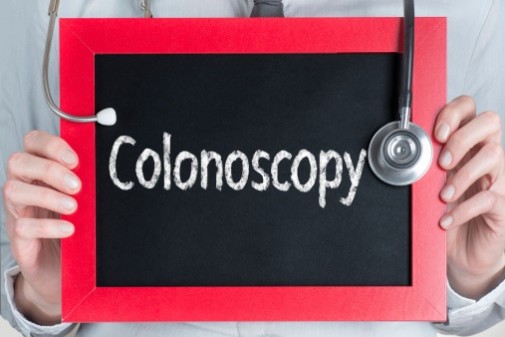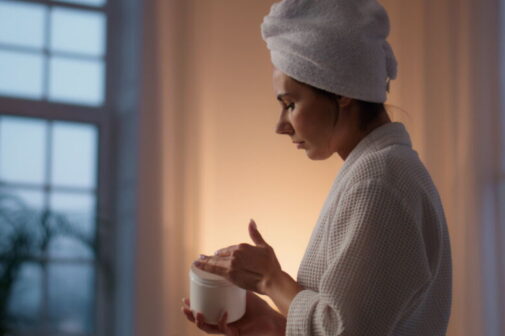
Colon screening myths debunked

As a doctor, I spend several hours each day talking to my patients and listening to their questions and concerns about their health. One thing I’ve noticed in these conversations is that patients tend to have a lack of understanding about colon cancer and colonoscopies.
These are some of the most common myths and misconceptions about colonoscopies I hear from my patients—and the facts you should know.
“What’s a colonoscopy?”
I’m always surprised by how many of my patients don’t know what a colonoscopy is or why they need it. A colonoscopy is a procedure in which a gastroenterologist uses a flexible scope with a small camera on it to look inside your colon. During the colonoscopy, your doctor looks for polyps, or pre-cancerous growths, and other problems with your colon. Often, the doctor can remove any polyps during the colonoscopy. This means, in most cases, you don’t have to come back for a follow-up procedure.
Experts recommend that men and women begin getting regular colonoscopies starting at age 50. Those with a family history or other risk factors may need earlier or more frequent screening.
“I thought only men needed colonoscopies.”
I think a lot of patients confuse colon cancer and prostate cancer. Only men have prostates and can get prostate cancer, but everyone has a colon. While colon cancer affects slightly more men than women, both men and women can get the disease.
“My bowel movements are normal. I don’t need to get a colonoscopy.”
Early-stage colon cancer often causes no symptoms. The purpose of getting regular colonoscopies is to catch colon cancer early, when it is most treatable, or—better yet—to remove any polyps before they turn into cancer. Polyps also cause no symptoms, and removing them helps protect you against developing colon cancer.
If you do experience colon cancer symptoms, such as changes in bowel patterns, blood in your stool, rectal bleeding or abdominal pain, see your doctor as soon as possible.
“If I had known I would be sedated during my colonoscopy, I would have gotten one years ago.”
I get it—a colonoscopy is not the most comfortable procedure. However, rest assured that your gastroenterologist and the GI staff at your hospital are experts in this procedure and they take your comfort and privacy seriously.
One thing many of my patients don’t know is that patients have the option to be sedated during the procedure. Once patients learn this, they often have less anxiety about the procedure.
“I don’t want to drink that stuff.”
I’ll be honest—the prep is the worst part of the colonoscopy process. Once you do that, the rest is easy. For the tough part, the Colon Cancer Alliance offers some great tips from real patients.
While the prep is unpleasant, I always remind my patients that the alternative—colon cancer—is much worse.
Colon cancer is preventable, treatable and beatable, and a colonoscopy can save your life!
Related Posts
Comments
2 Comments
About the Author
Dr. Andrew Albert is a gastroenterologist and the medical director of the Digestive Health Institute at Advocate Illinois Masonic Medical Center in Chicago.









The liquid/drug prep is not pleasant but no big deal. What they don’t tell you are the hours of diarrhea that result from the fasting prep.
Hello Dr. Albert!
Great to see you are still at Illinois Masonic Hospital and doing what you do best. My colonoscopy was performed by you in May of 2011. Your description of the procedure is most accurate. I was sedated and I had no problems afterward. My next colonoscopy is due in May of 2016. Hope to see you then. In the meantime, continue to inform and educate people.